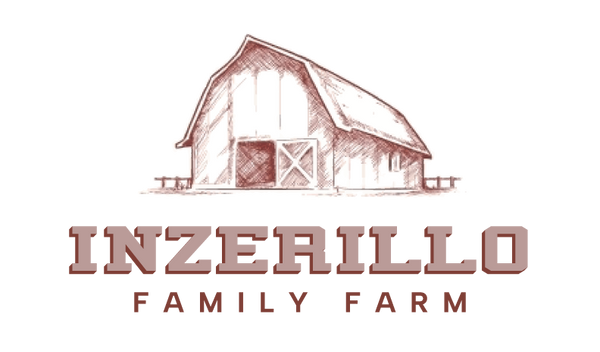
Farming Practices
At Inzerillo Family Farm, we use Regenerative Agriculture Practices to sustain the health and balance of pastures and animals. We rotationally graze our livestock using a paddock system. We do not use hormones or prophylactic antibiotics in the raising of our animals. We believe in being good stewards of the animals as well as the land.
Rotational Grazing involves moving livestock through a series of paddocks. This practice allows grasses to regrow while the livestock graze elsewhere, promoting healthy forage, preventing overgrazing, reducing soil erosion and breaking the parasitic cycle. Our sheep, pigs, and chickens are moved often, sometimes daily, to fresh ground.
Regenerative Agriculture (RA) improves soil health and the overall farm ecosystem by working with natural processes. It enhances productivity, climate protection, water resources, and biodiversity .
RA goes beyond doing no harm to actively improving land using techniques that regenerate and revitalize the soil. This approach yields nutrient-dense food.
RA incorporates practices like conservation tillage, cover crops, crop rotation, composting, mobile animal shelters, and pasture cropping to boost food production, and topsoil quality.
After our sheep have grazed in a paddock, our broiler chickens in their chicken tractor, come behind a few days later scratching and tilling to clear away weeds, spread manure and eat pests and grubs. The chickens then leave behind fertilizer that is rich in nitrogen, potassium, phosphorus, calcium, and organic matter.
Our pigs are in our wooded area. They clear thick underbrush, tilling the soil and eating grass, fungi, grubs and other pests. After the ground comes back (either seeded, or natural) it will be a more open pasture giving new ground to our sheep and chickens.
